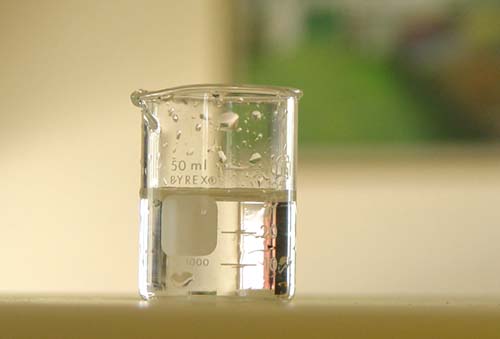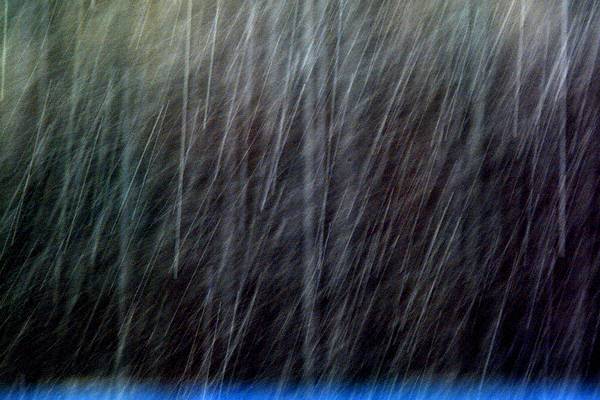

On November 12th 2009 My class and I went on a field trip to Aetra, a water treatment plant. We learned lots of things there. Everyone else in LC 1 was there too, but we were all scattered around in different places.
Stage 1: Remove the garbage from the river water through coarse and fine filters.
First, you had to remove the garbage using a coarse filter. The water that was filtered came in from a river nearby the plant. You could see water coming in and the big pieces of garbage getting trapped as the water flowed through this big thing that looked like a gate with huge tremors. Our class was lucky because we got to see this big claw looking thing pick up the garbage. After the coarse filter, the water went through some fine filters which were placed in these big blue storage keepers. There were big holes in them so you could look down and see the water getting filtered. One thing I noticed was that there were small snails and crabs in there and I was wondering what happened to them.
Stage 2: Add in chemicals and stir to create floc. Flocculation
The name of the stage pretty much explains what was happening. When they added in the chemicals into a big rectangle pool you could already see floc up at the top beginning to clump up together. We later learned that the floc wasn't just thrown away it was used for something. I can't exactly remeber what but it was something to do with bricks :) (I think they make it into bricks).
Stage 3: Allow sediment and floc to settle at the bottom.
When they are done stirring the chemicals in they wait for a while like 4 hours to let the floc settle at the bottom of the pool. There were around 8 pools and they all had this hole in the side of them leading into a small channel which leads into a resvoir.
Stage 4: The water is filtered through on meter of sand.
Before the water from Stage 3 is entered into a resvoir, they filter it again through sand. The sand is very specific sand, the grains all have to be very fine and they all have to be the same size. There is added more chlorine to the water and then it is sent to the resvoir.
Stage 5: Disinfectants are added.
Here, they put in lots of chemicals that you couldn't see into the water. The disinfectants are added to--once again-- make sure the water is clean. People have to be very careful because you can a disease called chlora from driniking dirty water.
Stage 6: Testing is done to make sure water is clean and safe to drink.
In this stage, they have to make sure the water is potable (safe to drink). In the lab, they do lots of testing on turbidity and the PH level. If the water isn't potable they have to add more disinfectants to make in potable.
On this trip I learned a lot. I thought the most interesting part was the flocculation stage becuase it was kind of cool to see how much dirt there is in normal river water.
Labels: Social Studies







